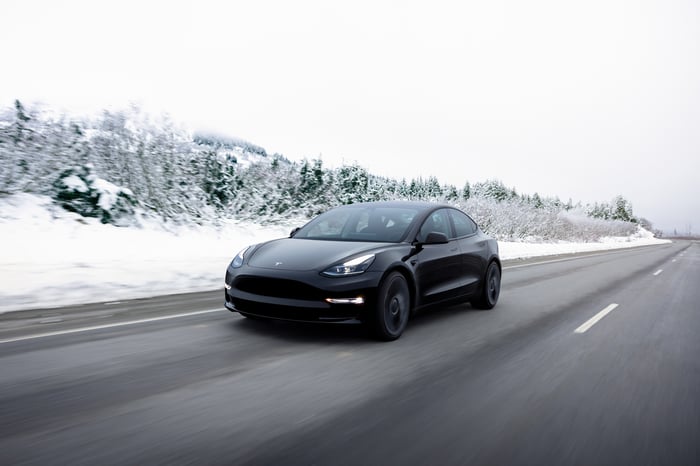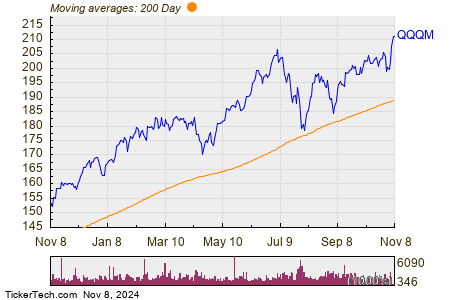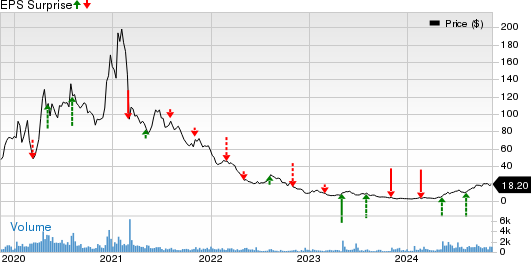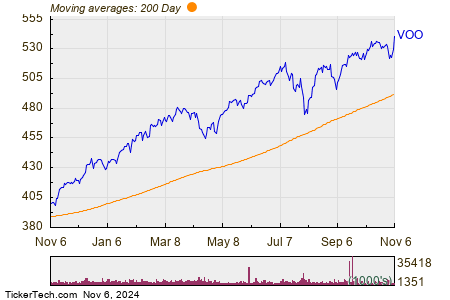Today, the electric vehicle (EV) sector suffered a significant blow as Tesla and Rivian reported disappointing first-quarter delivery figures, leading to a sharp decline in their stock prices.
This downturn reflects a broader decline in EV demand, signaling potential overvaluation concerns in the sector. Tesla, known as a barometer for the EV market, experienced a drop of 5% in its stock price, while Rivian plummeted at a similar rate. Not to be outdone, Lucid saw a decrease of 3.5% in its stock value.
One might say that EV stocks hit a roadblock this quarter, especially given the lackluster performance from Tesla, the pioneer in the industry.
Tesla disclosed that it manufactured 433,371 vehicles in the first quarter but only managed to deliver 386,810. This decrease of 8.5% in deliveries compared to the previous year marked Tesla’s first year-over-year decline since 2020, underscoring a visible drop in demand. Moreover, the notable gap between production and deliveries indicates challenges in moving inventory efficiently during the quarter.
It wasn’t entirely unexpected, considering Tesla’s repeated price reductions over the past year. CEO Elon Musk has also commented on the adverse effects of higher interest rates on car sales, warning of demand constraints. Even though Tesla issued vague production guidelines for the year during its fourth-quarter earnings report in January, hinting at a growth slowdown, weak demand could still cause delivery figures to lag behind production metrics.
As the quarter drew to a close, Tesla implemented price hikes, a move interpreted by some analysts as an attempt to boost vehicle sales before quarter-end. The company faced additional hurdles such as supply chain disruptions due to Red Sea vessel attacks and a power outage at its German facility following an arson incident.
Rivian, often regarded as Tesla’s closest EV competitor, also delivered less-than-stellar results with its first-quarter report. The EV startup reported the production of 13,980 vehicles and deliveries of 13,588, slightly missing production estimates but exceeding delivery projections. Despite maintaining its full-year production target of 57,000 vehicles, the lack of substantial growth signals underlying weaknesses in EV demand.
On the other hand, Lucid, yet to reveal its first-quarter delivery numbers, stands as the most vulnerable among the three automakers discussed here. With production figures of only 8,428 vehicles last year and deliveries of 6,001, Lucid faces a precarious financial situation, reporting a GAAP operating loss exceeding $3 billion in 2023. Despite securing a promising $1 billion investment from the Saudi Public Investment Fund recently, lackluster delivery figures in line with the performances of Tesla and Rivian are anticipated.
The Future of the Electric Vehicle Market
While Tesla has raised prices multiple times recently, signaling a shift towards profit optimization, the overall EV industry struggles with dwindling prospects unless significant changes occur. Lower technology costs that enable decreased prices, substantial advancements in vehicle range and charging infrastructure, or a considerable drop in interest rates could potentially revive the sector.
However, with none of these developments on the near horizon and a decline in interest rates unlikely to trigger a substantial shift in demand, the EV stock outlook for 2024 appears bleak. Until business conditions or technological advancements undergo notable improvements, the sector is expected to face continued challenges.
One can’t help but wonder when the EV industry will rev up its engines once more, offering a brighter outlook for investors.




